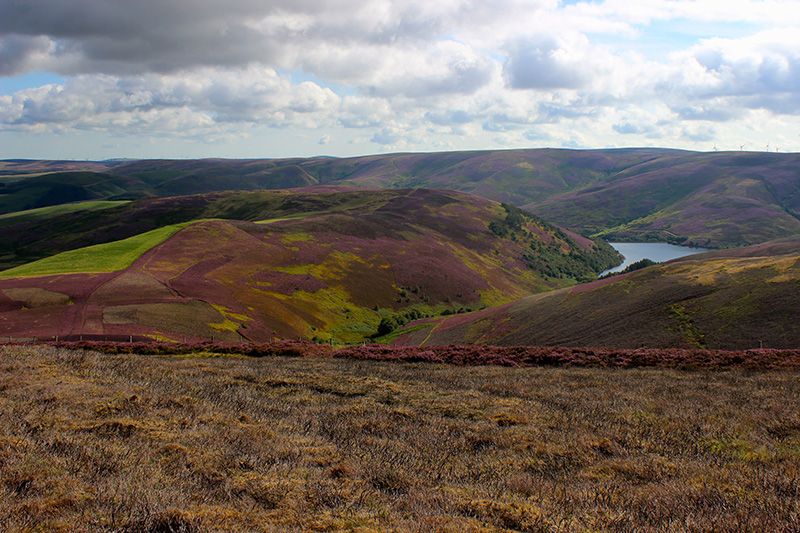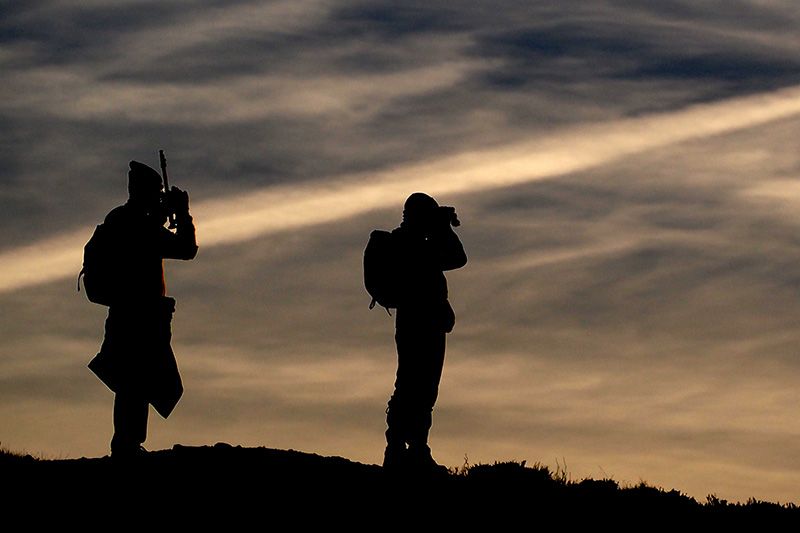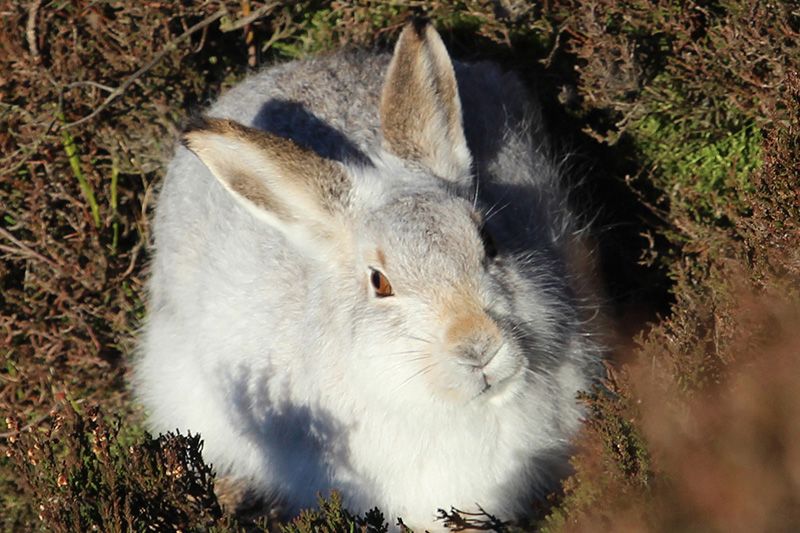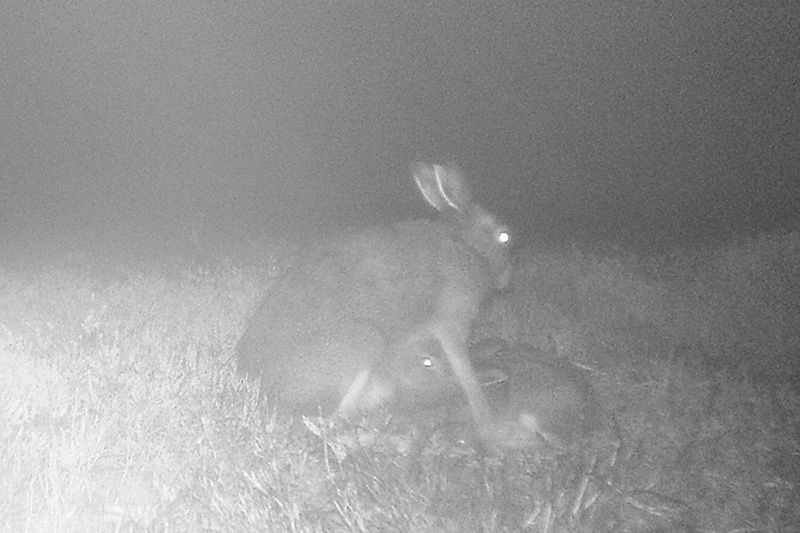A better future for mountain hares in Scotland
Mountain hares are known for their ability to change their brown summer coats to icy white winter ones in order to stay camouflaged during the cold winter months on the snowy peaks of the central highlands. In the past they have also thrived on the heather moorlands of Scotland despite being shot as game. However, in recent years, extensive culling is thought to have caused their numbers to fall. Grouse shoots are popular on large estates but, because grouse shooting is so profitable, any supposed threat to these game birds is dealt with swiftly.
Mountain hares are culled under the assumption that they act as a reservoir for louping-ill virus which can impact grouse. However, the degree to which mountain hares may be responsible for affecting grouse stocks is disputed. And under EU legislation, the Scottish government is required to maintain the mountain hare population in a ‘favourable conservation status.’ What is certain, though, is that information relating to their numbers and range is sparse. And without these basic facts, we can’t be sure what impact the culling is having on their numbers.

Heather moorland. Photo credit G Pettigrew
Counting mountain hares
Mountain hares spend much of their time resting up in long heather and then can only be counted if they are flushed. A less intrusive method is to count them when they are active and therefore more visible.
Graham Pettigrew and the Lammermuir hare group usually go out and count the hares they see as they walk across the hills. The group was set up in 2015 in response to a worrying report that 1,500 hares had been culled in the Lammermuir hills during 2014. Since then, Graham and his team of enthusiastic volunteers have counted the animal on three hills in three shooting estates annually. But they weren’t sure how reliable their counts were and wanted to test whether other methods gave more accurate results. Counting mountain hares at night is usually done using a strong spotlight and partly relies on the reflection from their eyes. An observer on the moor at night with a thermal camera will still be intrusive but not to the extent that a strong spotlight is. And setting up camera traps to capture their activity without people having to be there is even less intrusive.

Hare counting on the moorland. Photo credit G Pettigrew
Thermal camera traps reveal more
So PTES provided funds for Graham Pettigrew and the Lammermuir hare group to buy a thermal camera to carry out night counts, and five camera traps to get a better understanding of the activity patterns of mountain hares in general. They have spent the last two years counting mountain hares at different times of the year and day to see which method gave the most reliable counts. And they have analysed the activity patterns revealed by the five camera traps.
Their results have been really fascinating. The hares switch from an almost purely nocturnal existence in the months between October to February to one involving much more daylight activity during the reproductive period between March and September. The results for March indicate that the three hour period from one hour before to two hours after sunrise contains an even pattern of activity and is therefore an appropriate time to count.

Mountain hare with white coat. Photo credit G Pettigrew
Results teach us about local populations
Understanding how and when mountain hares are active in this much detail means that Graham and his group, and others working on mountain hares, can make much more reliable counts of the animals. This in turn means that we can have a much better understanding of whether culls or other threats are impacting local populations and give us a chance to do something about it.
Mountain hares are unconcerned by the presence of a camera trap. This allows capture of images that would be near impossible by conventional photography. An example is this image of a mother hare suckling her young just a metre away from the camera.

Camera trap image of hare suckling. Photo credit G Pettigrew
Thank you for helping us fund this vital work to save mountain hares in the Lammermuir hills of Scotland.
If you’d like to support other areas of our work, please donate or set up a direct debit here today.
Thank you.
